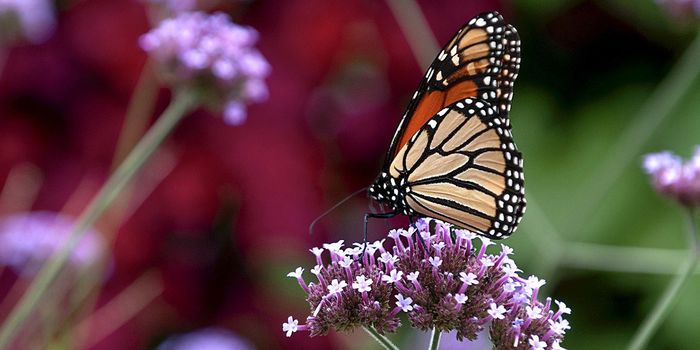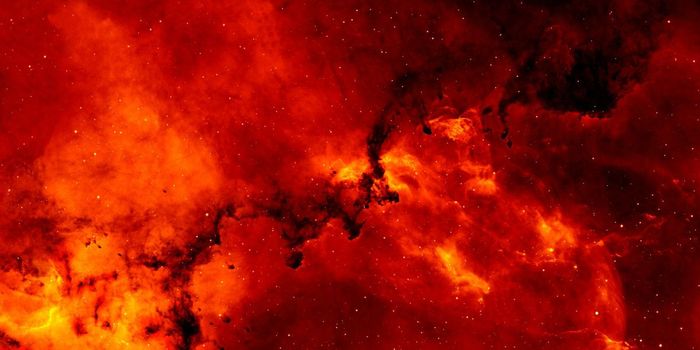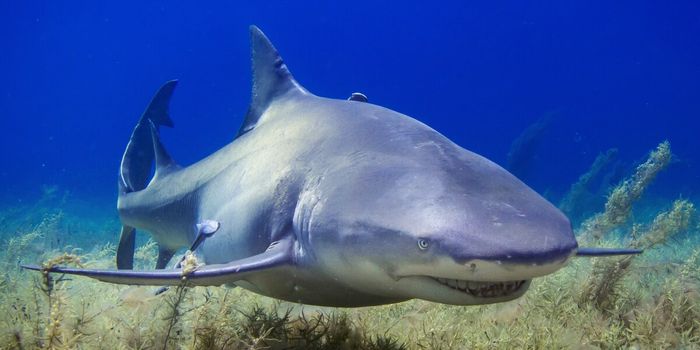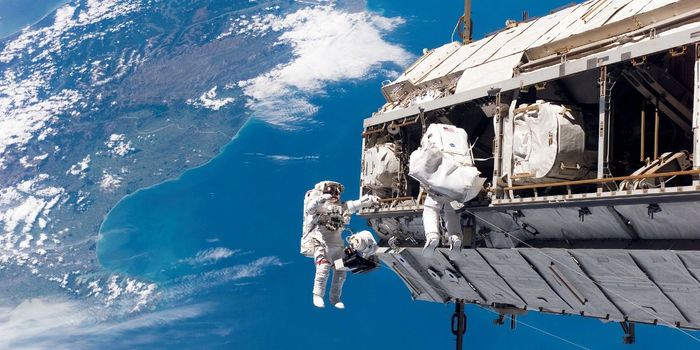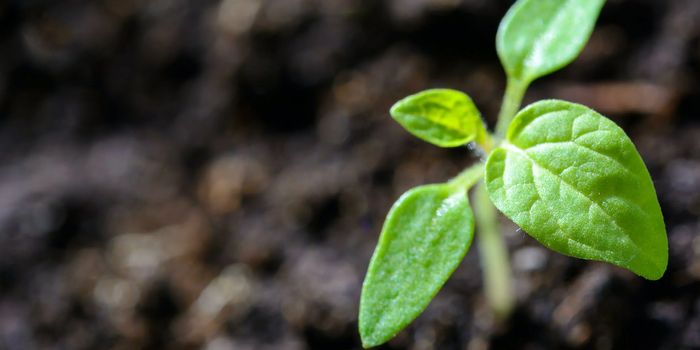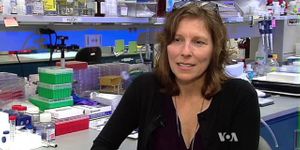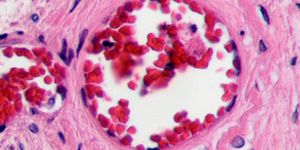The Neuroscience of Love
Love is definitely in the air as Valentine's Day draws nearer. We usually express our love with red heart balloons or heart-shaped boxes of chocolates. After all, the brain thinks while the heart feels, right? While this is a romantic notion, it's not entirely accurate, biologically speaking.
As it turns out, love and all its emotional, physical, and psychological manifestations originate in the brain. More specifically, it comes from an almond size structure in the brain known as the hypothalamus. This structure is the body's control station for autonomic nervous processes, like hunger, thirst, sex, and pleasure.
When it comes to love, the hypothalamus is why you feel butterflies in your stomach, or why your hands get clammy when you get near your secret crush. The hypothalamus also affects the release of hormones that make us feel and do strange things when in love. Of note, it produces oxytocin, the famous "cuddle hormone" that makes us feel attached to our loved ones.
It's remarkable this almond-sized organ is responsible for so much of our love life. Watch the video to learn more about why the brain may be more romantic than the heart after all.

